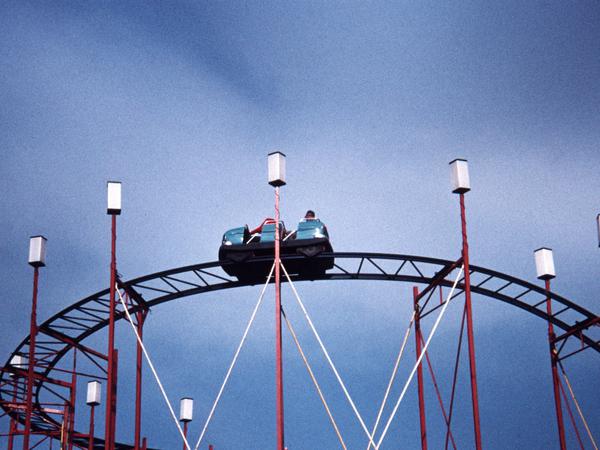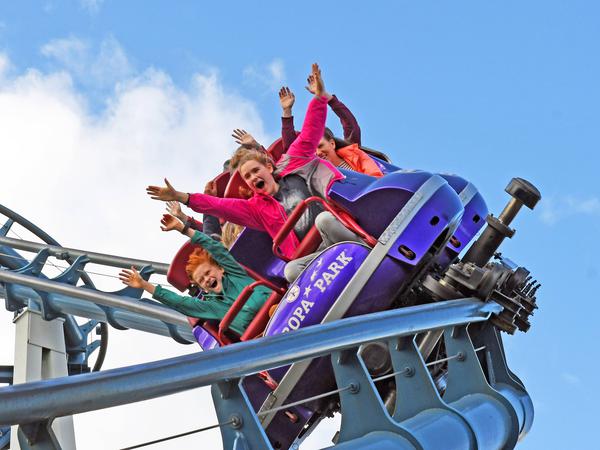If there were a hit list for entertainment offering the best ratio of adrenaline rush to actual danger, the roller coaster would certainly be at the top. Although there have been incidents or accidents in recent times, these are mostly due to carelessness or drunkenness, which is typical at a fair, on the part of those who are ultimately injured. Statistically, for example, driving a car to the amusement park is many times more dangerous than driving a hill-and-valley, curve-and-loop convertible.
138 years ago today, on January 20, 1885, an American with the beautiful name LaMarcus Adna Thompson received the first US patent for such a construction that was actually built. Such facilities were soon called “roller coasters”. This stood, still without a loop, in an amusement park on Coney Island near New York and had already been inaugurated in 1884.
coal transport
Thomson got the idea while years earlier in the town of Mauch Chunk, Pennsylvania, he was riding a “zigzag” gravity train originally intended to transport coal from the mountains to a canal loading point.
At Coney Island, Thomson connected two towers, one significantly taller than the other, with a wave-like rail construction for a kind of cart with benches. Arriving at tower number two, the paying guests got out again, the lorry rolled back as far as possible and was then pulled back to the entry height by employees.

Thomson’s first ride wasn’t a roller coaster at all, at least that’s what the surviving pictures suggest, because the track just went straight ahead. However, designs with banked turns and closed circuits or figure-of-eight courses crossing over bridges were soon added.
Maximum speed 10 km/h
The first patented ride on Coney Island only reached 10 kilometers per hour and the passengers were hardly exposed to increased centrifugal forces. Just ten years later, there was a track with a loop in almost the same place, in which paying customers had to endure extreme values of twelve times the gravitational acceleration. As far as is known, this is an unmatched record to this day, including occasional whiplash and similar injuries to passengers. Some sources even report broken necks.

That wasn’t new, however. Similar constructions existed in Europe as early as the middle of the 19th century, albeit with carriages for only two people, for example in Le Havre, France. However, they not only flopped, they also flopped commercially. They simply could not be operated profitably because of the high effort and the low possible number of passengers.
In contrast to the early designs, today’s coaster loops are not round, but rather teardrop-shaped. As a result, the values of that centrifugal acceleration are no longer as extreme and are therefore a little more healthy. Today, depending on count and source, there are probably between 2400 and 5000 permanently installed roller coasters worldwide. There are also numerous smaller “mobiles” that can be set up and dismantled at fairs and fairgrounds.
To home page
